I have planted lots of trees around schools in Cape Town. Each experience has been profoundly different from the next, but there have been common threads running through each experience — muddy feet and hands; the strong stem of a young tree as I carry it from the bakkie to the planting site; the unwieldy mixing of compost and soil by a learner with less-than-practical spade techniques; the sound of the spade bashing the stake into the ground. And always the magical moment of pulling the tree out of the bag and placing it in the hole; the excitement which follows as the soil is firmed around the base of the tree and watering cans are filled, followed by the foamy mixture the water and soil form before sinking into the ground.
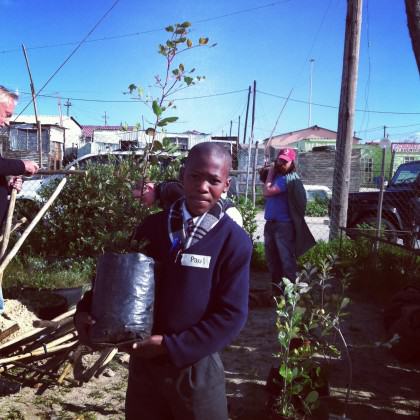
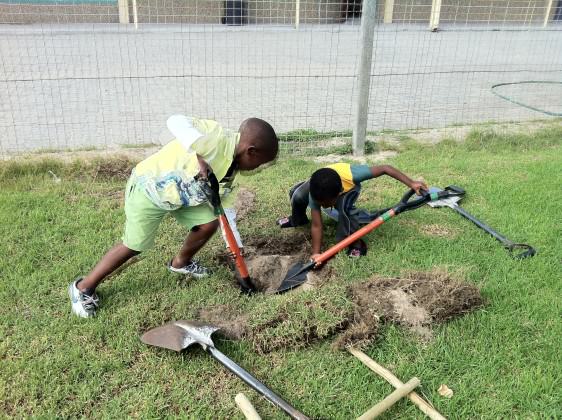
I work for a social enterprise called Greenpop, who plant trees in “under-greened” communities to create excitement and inclusivity in the environmental movement. We’re mostly based in the Western Cape, although we’ve run projects throughout South Africa and have a large satellite project in Zambia (a country with, surprisingly, one of the highest rates of deforestation in the world. As someone who has encountered both the benefits and criticisms of urban tree planting, I’d like to argue that it’s an essential starting point for acknowledging cities as natural spaces: a simple yet largely missing philosophy amongst many city-dwellers. The time which I’ve spent planting trees over the last 9 months has inevitably resulted in encountering “the nature of cities”.
In a sense, the Nature of Cities blog is about this philosophy: all the writers know and acknowledge the importance of urban ecology and provide suggestions and examples of better integration of natural spaces with city spaces. But, as Pippin Anderson mentioned in her blog post on 13 February this year, “living with so much nature right in the heart of your city can be a challenging business”. Many of us — myself included — still largely think of Nature with a capital “N”, a separate and pristine wilderness aside from ourselves and our existence (this is especially notable in Cape Town, a city in the shadow of a looming national park of Table Mountain). In activating people towards a better, sustainable, more ecologically in-tune life, the first step is the breakdown of the misconception that nature is separate to us. I remember the first time I realised that buildings are made out of the earth. I remember it feeling like an epiphany, a real discovery; and then I remember being puzzled as to why I didn’t think of it before: it’s so obvious!
The “obvious”, inseparable connection between humans and nature is surprisingly not realised by lots of people. We have centuries of civilisation telling us that we’re above it — not to mention the enlightenment legacy of the separation of Nature vs Culture, which we still find hard to dispute, even in academia. As a result, “nature” itself has been marginalised, separated and placed in another realm — one which is “removed” from everyday citizens. In trying to break down these beliefs, it’s important to remember that there are multiple political, historical factors tied to them. How on earth can we separate them?
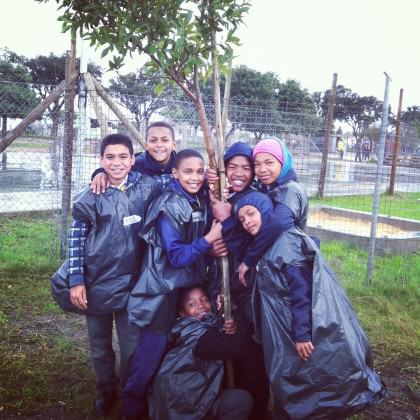
Tree planting itself has long been a symbolic act of caring for the environment — from over 140 years ago, in 1872, when the first “arbour day” was held in Nebraska, to generic images of politicians with a golden spade, sprinkling some soil around a newly planted tree. In some senses, tree planting could reify the divide between ourselves and nature, if it’s done in a purely symbolic way (for example, with a golden spade). However, given the benefits of trees in an objective sense, and the fact that many corporate “greening” initiatives consider tree planting of paramount importance, I think that tree planting provides an extremely important opportunity: a space to value “nature”, and, more importantly, connect with it.
The key point here is making sure that it is done correctly.
There is also no doubt that when planted correctly, trees improve soil quality, provide oxygen, increase biodiversity and provide fruit and other valuable resources. Similarly in a less scientific light, trees have an enormous aesthetic and social impact, providing shade, offer hiding places and climbing obstacles for children. As Russel Galt mentioned in his September 1 blog post, trees can provide a unique historical perspective in a city, which point to the space’s cultural landscape and tell stories about times past. Anyone who has been to Cape Town and driven through Bishop’s Court — covered in large, majestic trees — followed by the barren landscape of Mitchell’s Plain, will agree that trees point to specific incidents in South Africa’s historical map.
 At Greenpop, we focus on planting trees in areas where they’re needed most — in historically marginalised and deforested areas. We utilise a lot of support and funding from corporate ventures who are likely to view tree planting in the “old” sense: symbolic, so to say. However, and as I mentioned above, when a tree planting session is facilitated correctly, participants can avoid the problematic symbolic elements which further separate ourselves from nature. Instead, there is a magic that happens: a starting point in a future of possibilities for both our funders and beneficiaries alike.
At Greenpop, we focus on planting trees in areas where they’re needed most — in historically marginalised and deforested areas. We utilise a lot of support and funding from corporate ventures who are likely to view tree planting in the “old” sense: symbolic, so to say. However, and as I mentioned above, when a tree planting session is facilitated correctly, participants can avoid the problematic symbolic elements which further separate ourselves from nature. Instead, there is a magic that happens: a starting point in a future of possibilities for both our funders and beneficiaries alike.
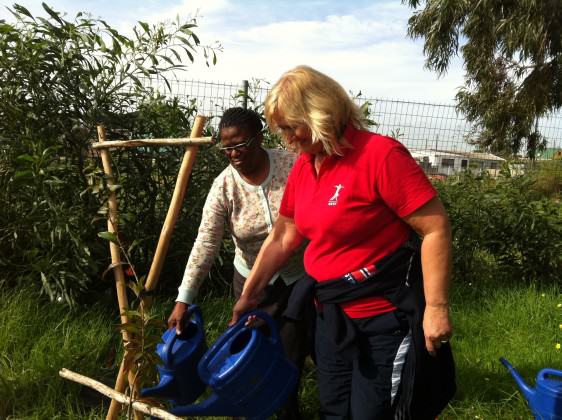
We recently planted trees at a crèche in Khayelitsha — a marginalised area from the Cape Town city bowl both spatially and economically. We were planting with a medium sized group: a young actor who lived on the crèche property, community members from Khayelitsha, school children, our team, and a group of people from the office of a wine merchant in Cape Town (who were sponsoring the trees). A motley crew indeed, some gathered in a space familiar to them, for others it was particularly foreign. As always happens at the start of a planting day, the groups were split at first; everyone huddled into their own familiarity. To most of us, the space was defined already: we were in a township, a densely populated area far away from the city centre.
But planting a tree facilitates that moment when we put away our preconceptions of a space and become humble enough to interact with the earth. As a group we mingled, learnt how to plant trees and, most majestically, spent a lot of time planting trees. We were connecting with nature more than we were connecting with a township. As we used our hands to mix soil, placed a tree in the ground and covered it, as we smelled the water and soil mixing and as we encountered the textures of the soil underneath the grass, we became part of the earth.
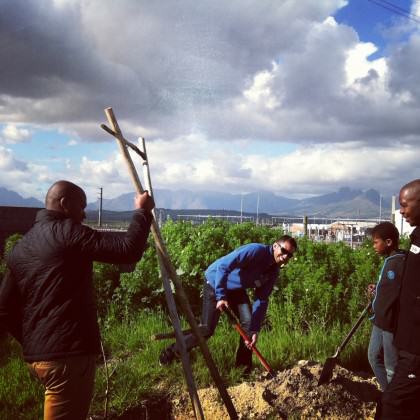
I believe strongly that tree planting is an essential starting point for acknowledging the city as a primarily natural space; an important step in losing the disconnect between nature and ourselves. Trees are a valuable contribution to urban spaces, especially lower income ones, if they’re planted responsibly and appropriately. If facilitated correctly, tree planting can be a starting point in acknowledging ourselves as part of the earth and engaging with our will to protect it.
Kate Pallett
Cape Town


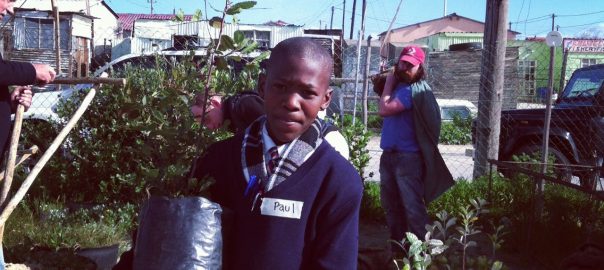
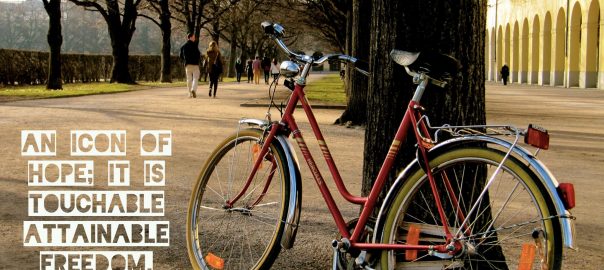
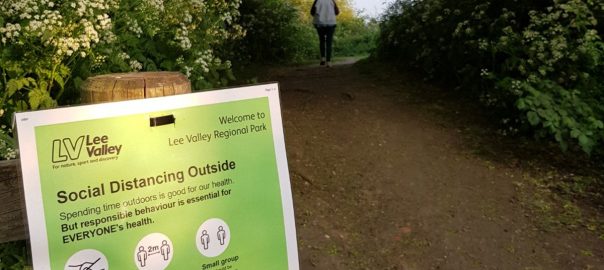
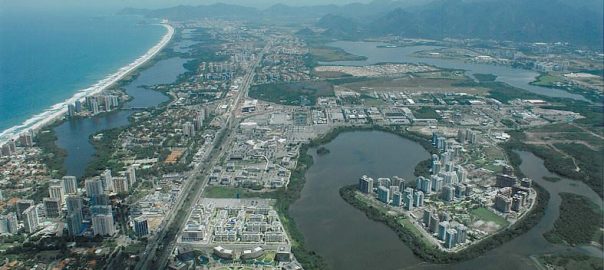
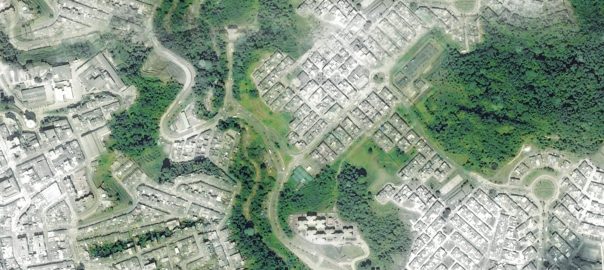
Leave a Reply